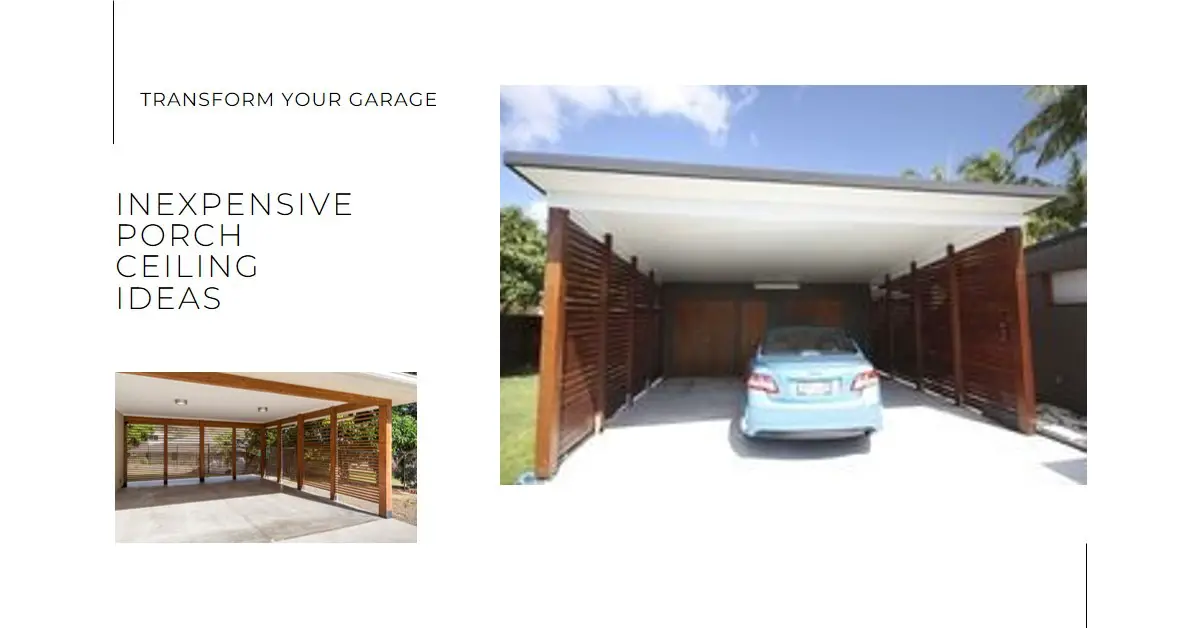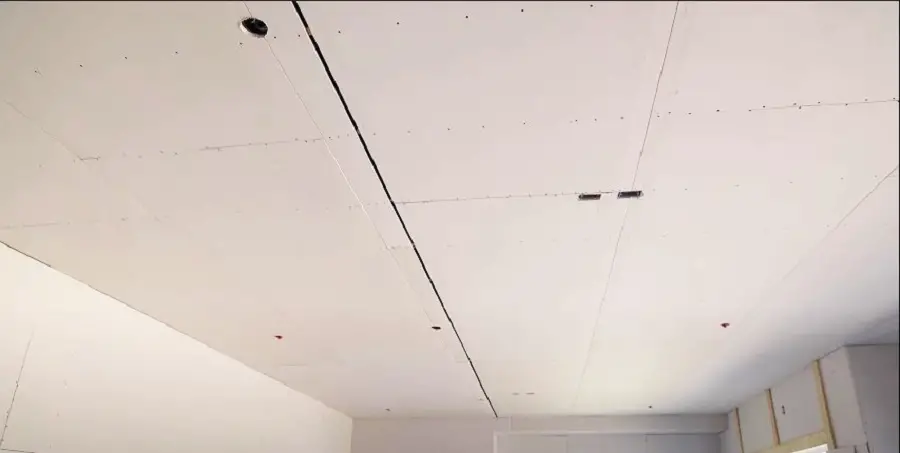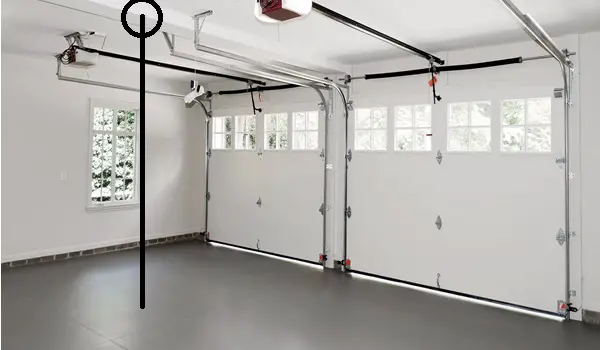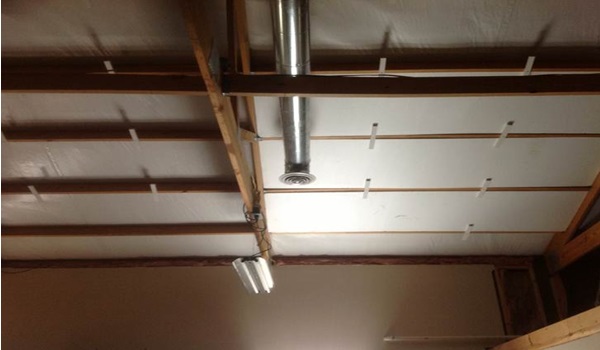The Cost of Tongue and Groove Ceiling
Cost of Tongue and Groove Ceiling Tongue and groove ceilings are a classic choice that adds a touch of timeless […]
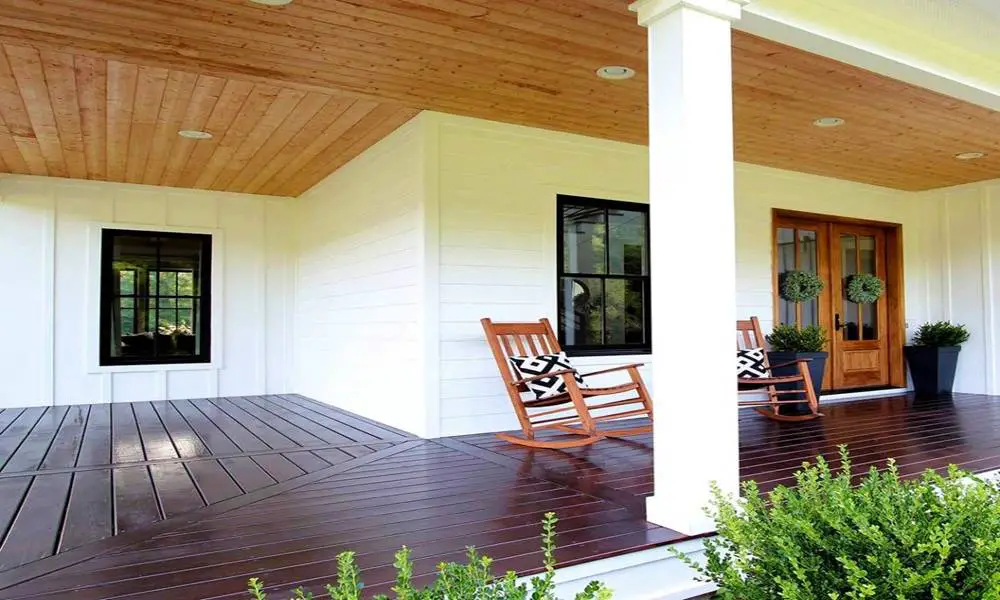
Cost of Tongue and Groove Ceiling
Tongue and groove ceilings are a classic choice that adds a touch of timeless elegance to any interior space. The allure of these interlocking wooden panels lies not only in their aesthetic appeal but also in the warmth and sophistication they bring to a room. However, before embarking on a project to install a tongue and groove ceiling, it’s essential to understand the various factors that contribute to the overall cost.
Tongue and groove ceilings consist of individual wooden planks with interlocking edges, creating a seamless and visually pleasing surface. This style has been popular for centuries and is renowned for its ability to transform a room, making it cozier and more inviting.
Importance of Cost Considerations
While the desire to enhance the aesthetic appeal of a space is a primary motivator for choosing a tongue and groove ceiling, the financial aspect cannot be overlooked. Being aware of the costs involved ensures a more informed decision-making process, allowing homeowners to strike the right balance between their design aspirations and budget constraints.
Material Costs

Wood Types and Their Cost Variations
Choosing the right wood type is a pivotal decision in determining the cost and overall aesthetic of your tongue and groove ceiling. Let’s delve into the different wood options and their associated cost variations.
1. Pine – The Most Affordable Option
Pine emerges as the go-to choice for budget-conscious homeowners, providing a cost-effective solution without compromising on quality. Priced between $2 to $6 per square foot, pine offers an attractive combination of affordability, availability, and versatility.
Availability and Versatility
One of the key advantages of pine is its widespread availability. This makes it a readily accessible material for homeowners looking to embark on a tongue and groove ceiling project without stretching their budget. Additionally, pine’s versatility allows for various finishes, stains, and paints, providing homeowners with the flexibility to match their desired aesthetic.
Popular Selection for Cost-Conscious Homeowners
Given its affordability and adaptability, pine has become a popular choice for those looking to enhance their living spaces without breaking the bank. Whether you’re aiming for a rustic charm or a more contemporary look, pine serves as a versatile canvas for different design preferences.
2. Hardwoods Like Oak or Cedar – Higher Costs
For those with a penchant for a more luxurious ambiance, hardwoods like oak or cedar present themselves as enticing options. However, it’s essential to consider the higher costs associated with these premium materials, ranging from $4 to $12 per square foot.
Increased Expense for Durability and Aesthetics
The higher cost of hardwoods is justified by their exceptional durability and distinctive aesthetics. Oak, known for its robust nature, and cedar, revered for its natural beauty, bring a touch of sophistication to any space. Homeowners opting for these materials invest not just in a ceiling but in a long-lasting and visually striking feature.
Durable Investment
While the upfront cost may be higher, the longevity of hardwoods like oak or cedar adds significant value to the investment. Their resistance to wear and tear, as well as their ability to withstand environmental factors, make them a durable and sustainable choice for homeowners who prioritize long-term quality.
Distinctive Aesthetics
Beyond durability, the distinctive aesthetics of hardwoods contribute to the overall appeal of a tongue and groove ceiling. The rich grains, warm tones, and natural patterns of oak or cedar create a luxurious atmosphere, making these materials a preferred option for those aiming to make a statement with their ceiling design.
Pre-finished vs. Unfinished Planks
1. Cost Considerations
Opting for pre-finished planks might incur a slightly higher initial cost, but the convenience they offer during installation is often worth the investment. On the other hand, unfinished planks allow for more personalization but involve additional steps like staining or painting.
2. Time and Effort Savings
Considering the timeline for your project and your willingness to engage in finishing work will help determine the most suitable choice between pre-finished and unfinished planks.
Labor Costs
DIY vs. Professional Installation
1. Cost Implications
Deciding between a do-it-yourself (DIY) approach and professional installation directly impacts the overall cost. While DIY may seem cost-effective, the complexity of the ceiling design or its height can significantly increase labor expenses.
2. Factors Affecting Labor Expenses
Ceiling intricacies and design nuances may require the skills of a professional installer. Understanding these factors is crucial for making an informed decision that aligns with both the budget and the desired outcome.
Regional Labor Rate Differences
1. Urban vs. Rural Areas
Labor rates fluctuate based on geographical location, with urban areas typically having higher costs than their rural counterparts. Considering these regional variations is essential when budgeting for your tongue and groove ceiling project.
Additional Factors Affecting Cost
Ceiling Size and Complexity
1. Material and Labor Requirements
A larger or irregularly shaped ceiling demands more material and labor, subsequently raising the overall cost. Assessing your space’s size and complexity is pivotal for accurate budgeting.
2. Impact on Overall Cost
Understanding how ceiling size and complexity influence the budget ensures a realistic expectation of the total project cost.
Removal of Existing Ceilings
1. Demolition and Disposal Costs
If your project involves removing an existing ceiling, consider the additional costs associated with demolition and disposal. This often overlooked aspect can impact the overall budget significantly.
Permits and Inspections
1. Regulatory Requirements
Certain areas mandate permits for ceiling installations. Factoring in permit costs is crucial to avoid unexpected expenses during the project.
2. Associated Fees
Besides permits, inspections may incur additional fees. Understanding the regulatory landscape ensures a smooth and cost-effective project execution.
Total Cost Calculation
Range of Costs per Square Foot
Considering all factors, the total cost of a tongue and groove ceiling can vary widely, ranging from $4 to $10 per square foot installed. This range accounts for the diverse choices in materials, finishes, and installation methods.
The total cost for a 150-square-foot ceiling could range from:
Low-end: $1,200 ($4/sq ft material + $2/sq ft labor)
High-end: $3,600 ($6/sq ft material + $4/sq ft labor)
Factors Influencing the Total Cost
Wood type, finish selection, labor choices, and additional factors collectively determine the overall cost. A comprehensive understanding of these elements aids in obtaining a more accurate cost estimate.
Estimation Process
Measuring Ceiling Area
1. Importance of Accurate Measurements
Precision in measuring the ceiling area is paramount. Accurate measurements ensure a reliable foundation for estimating material and labor costs.
Wood Type and Finish Selection
1. Balancing Aesthetics and Budget
Choosing the right wood type and finish involves a delicate balance between achieving the desired aesthetic and staying within budget constraints.
Getting Quotes from Local Contractors
1. Gathering Estimates for Project-Specific Details
Contacting local carpenters or handymen for project-specific estimates provides a clearer picture of the costs involved. Multiple quotes empower homeowners to make informed decisions.
Conclusion
In conclusion, the cost of a tongue and groove ceiling is a multifaceted consideration that involves a careful balancing act between design aspirations and budget constraints. Each decision, from the choice of wood to the installation method, plays a crucial role in determining the overall expense.
Thorough planning, considering all the aspects discussed, is the key to a successful and budget-friendly tongue and groove ceiling installation. By understanding the nuances and intricacies involved, homeowners can navigate the complexities and enjoy the transformative benefits of this elegant addition to their living spaces.

